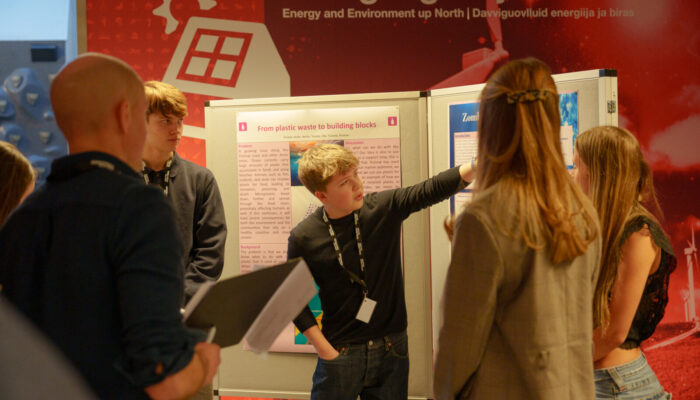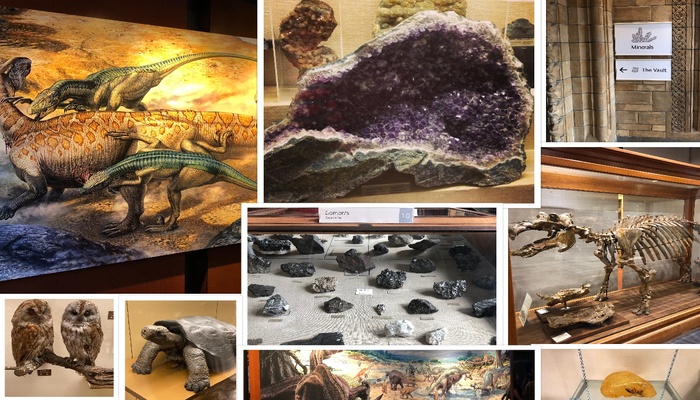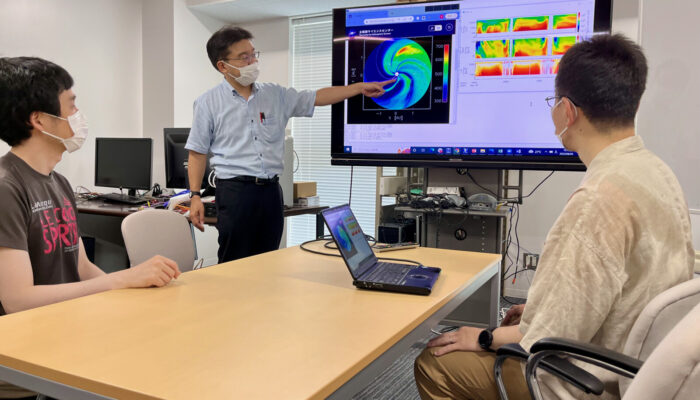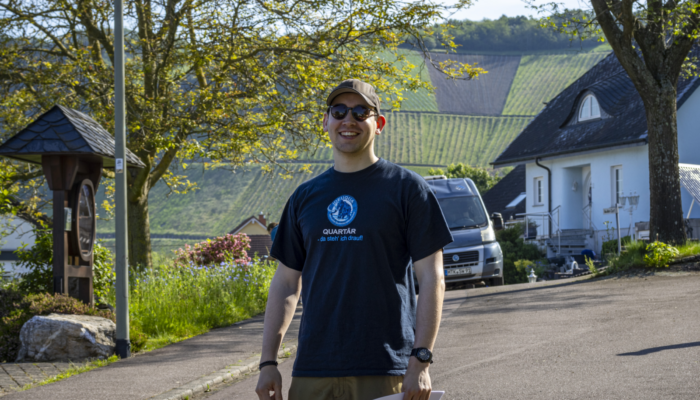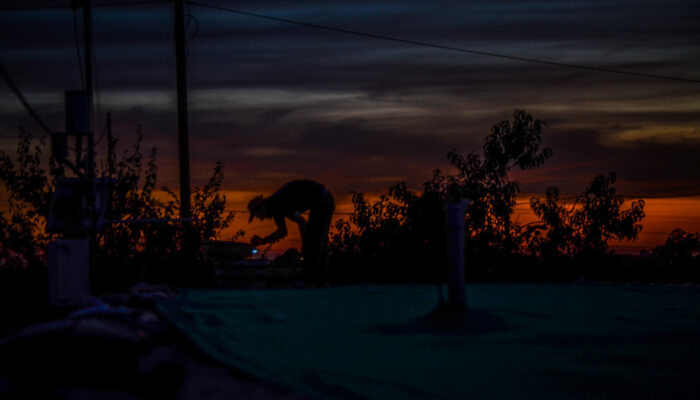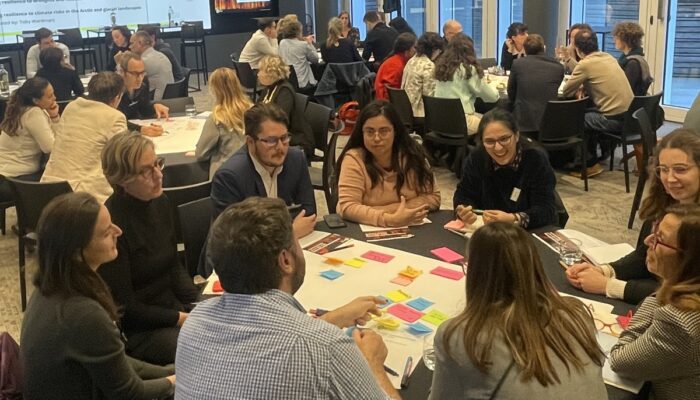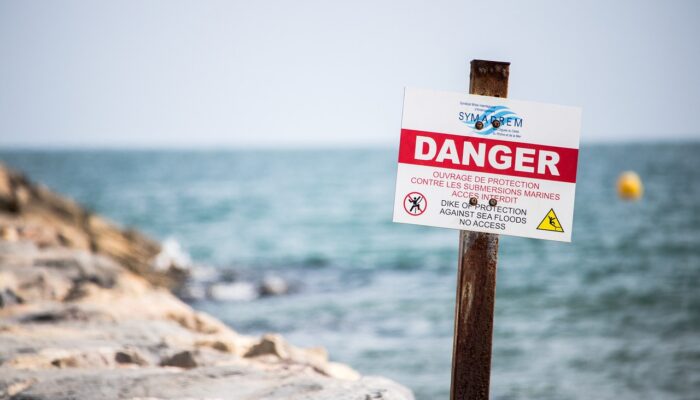Growing up, I didn’t know what it meant to “do research”. I did some research projects in high school, but research as a field path was totally foreign to me until I started university. Unlike me, the young students who participated in this year’s Arctic Frontiers Science for Schools program were given a first-hand glimpse into what it means to conduct professional research. The Science for School ...[Read More]
If you didn't find what you was looking for try searching again.
Cryospheric Sciences
Cryosphere Caps: PhD hats and the researchers that wear them – Episode 1
This miniseries features the tradition of ‘PhD hat’ making in German research institutes and universities. For those of you unfamiliar with this idea (as I once was), this is one of the final milestones a graduate student has before they are officially a “Dr.”. Upon the successful defense of a thesis, the peers of the PhD student craft a graduation hat from a mishmash of scrap cardboard and memora ...[Read More]
Geodynamics
Geoscience Wonders: My Favourite Natural History Museums in Europe
Have you ever wondered how to combine adventure with a deep dive into the secrets of our planet’s ancient past? Well, in this week’s blog, we are on a mission to take you on a journey to some of my favourite Natural History Museums around Europe. And who knows, maybe these museums might find a special place on your next travel bucket list! Travelling makes us wiser and richer! Getting the opportun ...[Read More]
Solar-Terrestrial Sciences
Meet the Scientist Shaping Space Weather Research: Prof. Yoshizumi Miyoshi on Winning the E-SWAN Kirsten Birkeland Medal 2024
1. The Birkeland Medal honors outstanding contributions to space weather research. Can you share what this recognition means to you personally and how it reflects the broader contributions of the scientific community to space weather research? I am deeply honored to receive the Birkeland Medal and grateful to all the colleagues, mentors, and collaborators who have supported my research career ...[Read More]
Geomorphology
A Day in the Life of a Geomorphologist: Bastian Grimm
This blog post is a throwback to last year’s theme, “A Day in the Life of a Geomorphologist!” Please contact one of the GM blog editors, Emily (eb2043@cam.ac.uk) or Emma (elodes@asu.edu), if you’d like to contribute on this topic or others. by Bastian Grimm, Doctoral Student, Giessen University, Germany Email: bastian.grimm@geogr.uni-giessen.de Hi, I’m Basti! I’m currently pursu ...[Read More]
GeoLog
How can scientists see ice underground? Recent study reveals how!
When it comes to peering beneath the Earth’s surface, geophysicists have an arsenal of high-tech tools at their disposal. But what happens when you need to track something as elusive as underground ice forming and melting in real time? Enter borehole Ground-Penetrating Radar (GPR), the underground detective that helped Peter Jung and his colleagues image frozen subsurface volumes in an experimenta ...[Read More]
Geodynamics
Silent voices, trapped minds.
In this week’s blog post, Katherine Villavicencio (University of Chieti – Pescara) looks into the world of the mind and the mental-health issues that can result by the pressure behind a research project, such as a doctoral thesis. Here, through a personal reflexion ,she explores the main reasons that can lead candidates to suicidal thoughts, and even to the execution of them, finally a ...[Read More]
Biogeosciences
Hw to get involved in Science-to-Policy in the Biogeoscience Division
As scientists we possess invaluable expertise that can help shape evidence-informed policies, and decision-makers in the EU are increasingly recognising the importance of scientific input. The EGU can play a key role in this process, with its advice already being considered in major policy developments such as the Nature Restoration Law. As part of these efforts, the EGU Science-for-Policy Team (l ...[Read More]
Natural Hazards
Building Disaster Resilience Through Trust and Risk Awareness: Insights into Natural Hazards
Trust in institutions and scientific experts plays a pivotal role in Disaster Risk Reduction (DRR). This trust becomes even more critical for natural hazards—events often unpredictable and uncontrollable. Trust can shape individuals’ willingness to heed warnings, adopt precautionary measures, and participate in community preparedness initiatives. Conversely, distrust in institutions may lead to no ...[Read More]
GeoLog
Why Earth and Space Sciences need to dismantle the cis-het-white boys’ club
The Earth and space sciences, like many STEM fields, have long been dominated by a narrow vision of who belongs. But the tide is turning. A 2023 workplace climate survey of Earth and space scientists highlights both the persistent barriers queer and other historically excluded scientists face and the urgent need for cultural shifts within the discipline. The data is clear: the geosciences must now ...[Read More]

